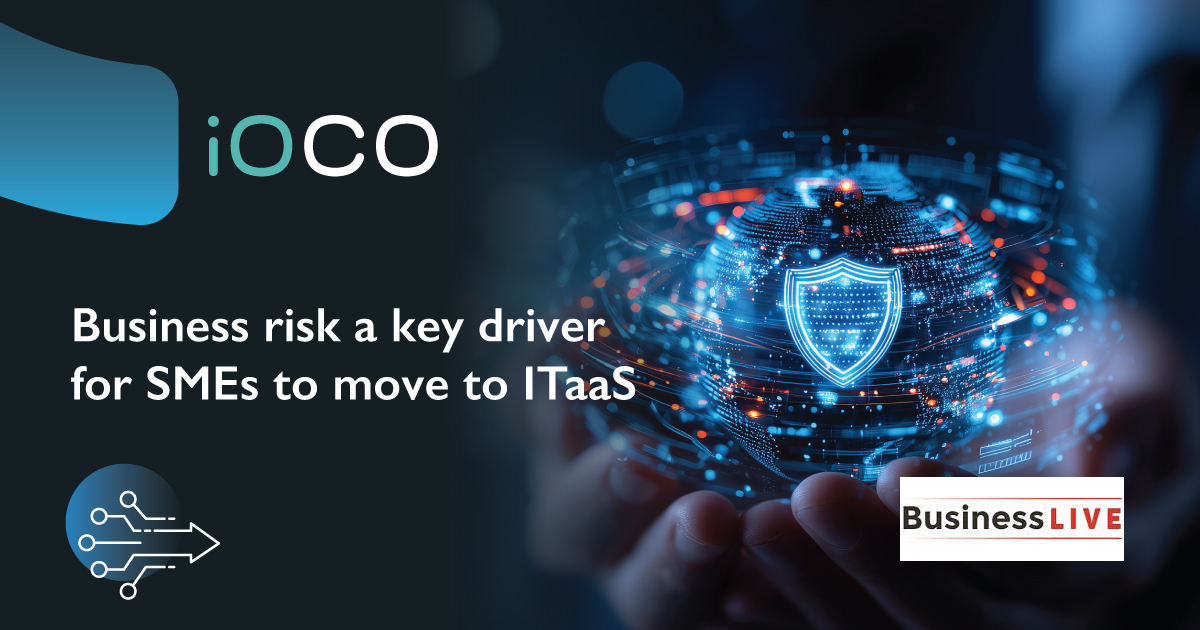The world is witnessing an exponential growth in the amount of data that is being created, captured, copied, and consumed. In 2022, the volume of data worldwide was estimated at around 97 zettabytes (ZB) and by 2025 this figure will reach 181 ZB[1]. The growing number of Internet of Things (IoT) connected devices is contributing to this data explosion: The number of IoT connected devices is forecast to reach 24.1 billion in 2030, a more than threefold increase from 2019[2], according to Statista.
The ever-growing amount of data and connected devices are pushing the need for greater storage, computing, and network capacities closer to the endpoints. Not only does this allow for lower latencies when it comes to the transmission of data, it creates the foundation for faster, more cost-effective operations.
As a result, analysts have predicted the steady growth of edge computing for a number of years. A few years ago, Gartner predicted that by 2025, three-quarters of enterprise-generated data will be created and processed at the edge [3]– outside a traditional centralised data centre or cloud. That’s up from just 10% in 2018. A Forrester survey[4] found that flexibility to handle present and future artificial intelligence demands, avoidance of network latency and allowance for faster responses, and the need to conduct complex processing that cloud can’t support, will drive this growth.
Filling a niche
Despite the exponential growth of data and connected devices, edge computing hasn’t become as prevalent as predicted. Instead, organisations are finding ways to incorporate the edge into their larger tech ecosystems, creating a hybrid model that looks set to become another important link in ever-growing multi-cloud environments.
Craig Allen, Divisional Manager at iOCO, points out that companies need to use the right tool for the job, so integrating the edge into business operations should not be an either-or proposition. “Regulatory and governance requirements mean that companies still need centralised data storage. The cloud remains the perfect solution for this as well as many of the other functions it performs for companies today like big data analytics,” he explains.
“On the other hand, businesses are starting to see the value of doing a lot of the leg work at the edge, where the data is being generated – and where it needs to be processed. With the high cost of data transmission and the growing demand for near real-time or real-time applications, the edge is finding a vital niche.”
Compute where it’s needed
Edge computing promises enhanced efficiencies, lower latency, improved security, increased uptime and decreased costs. A number of industries have started investing in solutions to help them achieve those benefits, with some being further along than others.
Manufacturing, for example, is looking at different ways to use edge computing for automation, fabrication, and maintenance. Industrial IoT has added millions of connected devices in manufacturing plants and other such industries to gather data on production lines, equipment performance and finished products.
However, all the data doesn’t need to be handled in centralised servers – every temperature reading from every connected thermometer isn’t important. In some cases, moving data to the centralised servers – whether in the cloud or on premises – could be prohibitively expensive or impossible because of a facility’s remote location. In such cases, edge computing brings needed processing power to where it’s required, and those edge devices can be programmed to either transfer aggregate data back to central systems and/or initiate required actions at the endpoint.
A bright future
Similar use cases are being discovered in farming, healthcare, and smart cities, to name just a few sectors where edge computing is making inroads. Allen says that while South Africa is still at a very early stage of adoption, local business stand to gain more than their counterparts in developed economies.
“We are seeing edge computing follow the traditional technology adoption curve. The potential benefits for South African businesses are obvious, but there are still a number of factors hindering implementation. Agriculture, for example, is one of the industries that stands to benefit the most, but local farmers have not invested nearly as much in technologies like IoT and edge computing as those in Europe, partly because of the perceived costs, and partly because of a reluctance among older farmers to learn about new technologies,” he says.
“As more industries start implementing edge solutions, the value proposition will become clearer and adoption will accelerate. Local leaders will have to take the risk in implementing their solutions to help drive this trend, but as their businesses start reaping the benefits, others will follow. While it will take some time for edge computing to reach mass adoption, by the time it becomes pervasive, it will no longer be considered a separate way to process data. Eventually, the edge will become just another tool that will allow companies to do business better and faster – the edge will ultimately join with the cloud and other on-premise solutions to enable the greater computing ecosystem that will drive the businesses of the future.”
[1] https://www.statista.com/statistics/1175706/worldwide-edge-computing-market-revenue/
[2] https://transformainsights.com/blog/iot-24-billion-connected-things-15-trillion
[3] https://www.techtarget.com/searchcio/DrivingITSuccess/4-Things-You-Need-to-Know-Now-About-Edge-Computing
[4] https://www.forrester.com/blogs/predictions-2020-edge-computing/



